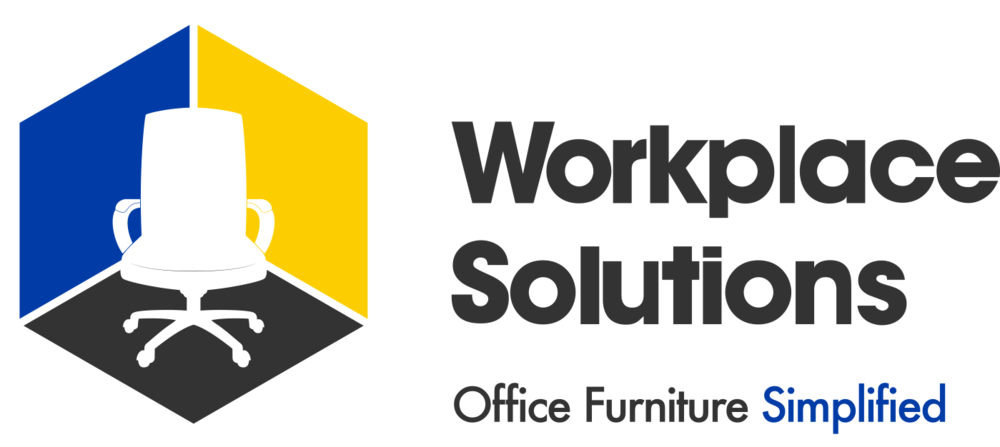Setting up a home office can be an exciting endeavor, but it requires careful planning to create a space that is both functional and comfortable. As more people transition to remote work or adopt hybrid work models, the home office has become an essential space in modern homes. Selecting the right office furniture is crucial, as it significantly influences your productivity, comfort, and overall work experience. Designing a functional and comfortable home office is vital for both efficiency and well-being. From choosing the appropriate furniture to considering ergonomics and aesthetics, here’s what you should keep in mind when setting up your home office.
1. Choosing the Right Space
Before diving into furniture and decor, the first step is to select the ideal location for your home office. The best space should be quiet, well-lit, and free from distractions. Whether it’s a dedicated room or a nook in the living room, the key is to ensure that this space promotes focus and minimizes interruptions. If possible, choose a spot with natural light to boost your mood and productivity.
2. Prioritizing Ergonomics
Ergonomics should be a top priority when setting up your home office. An ergonomic workspace reduces strain and prevents injuries, ensuring that you can work comfortably for extended periods.
Desk: The desk should be at a height that allows your elbows to be at a 90-degree angle when typing. Consider a sit-stand desk if you prefer the flexibility to alternate between sitting and standing throughout the day.
Chair: Invest in a quality ergonomic chair that supports your lower back and encourages good posture. Look for adjustable height, lumbar support, and a comfortable seat cushion.
Monitor Placement: Your computer monitor should be at eye level to avoid neck strain. Consider using a monitor stand or adjustable arm if needed.
3. Selecting Functional Furniture
Your home office furniture should be both functional and stylish, complementing your home’s overall aesthetic while meeting your work needs.
Desk: Besides ergonomics, consider the desk’s size and storage options. You’ll need enough surface area for your computer, notebooks, and any other work essentials. Built-in drawers or shelves can help keep your workspace organized.
Storage Solutions: Clutter can be a significant distraction, so think about storage solutions like filing cabinets, shelves, or storage bins to keep your space tidy. Opt for furniture that blends with your home decor, such as a stylish bookcase or a multifunctional storage unit.
Lighting: Good lighting is crucial for reducing eye strain. A combination of natural light, overhead lighting, and task lighting (like a desk lamp) ensures your workspace is well-lit. Choose lighting that provides sufficient brightness without causing glare on your screen.
4. Incorporating Technology
A well-equipped home office requires the right technology. Reliable internet, a good-quality monitor, and accessories like a keyboard, mouse, and noise-canceling headphones are essential for smooth operations.
Cable Management: With multiple devices, cables can quickly become a tangled mess. Use cable management solutions like clips, ties, or a cable tray to keep cords organized and out of sight.
Power Access: Ensure your workspace has easy access to power outlets for all your devices. You might need a surge protector or a power strip with USB ports to accommodate your electronics.
5. Personalizing Your Space
While functionality is key, your home office should also be a space that inspires you. Personalize it with items that bring you joy and motivation.
Artwork and Decor: Hang art, motivational quotes, or photos that resonate with you. Plants can also add a touch of greenery and improve air quality, creating a more inviting and calming environment.
Color Scheme: Choose a color scheme that promotes focus and creativity. Neutral tones are calming, while pops of color can energize the space. The goal is to create a balanced environment that suits your work style.
Comfort Items: A cozy rug, soft cushions, or a warm blanket can make your home office feel more comfortable and inviting, making it easier to spend long hours there.
6. Considering Space Flexibility
Your home office needs may change over time, especially if your work requirements evolve or if multiple people share the space. Consider furniture that can be easily reconfigured or moved around.
Modular Furniture: Pieces like modular desks or shelving units can be adapted as your needs change. They are also great for smaller spaces where flexibility is key.
Multi-purpose Space: If your home office doubles as a guest room or hobby area, choose furniture that can serve multiple purposes, such as a desk that converts into a dining table or a daybed that doubles as seating.
7. Sound Management
Sound control is an often overlooked but essential aspect of a home office, especially if you’re on calls frequently or need a quiet environment to concentrate.
Soundproofing: If noise is an issue, consider soundproofing solutions like acoustic panels, heavy curtains, or rugs that absorb sound.
Headphones: Invest in quality noise-canceling headphones to block out distractions and help you stay focused.
Designing the perfect home office is about more than just picking out a desk and chair. It involves careful consideration of ergonomics, functionality, technology, and personal style. By taking the time to create a space that meets your physical needs and reflects your personality, you can enhance both your productivity and your overall work-from-home experience.

